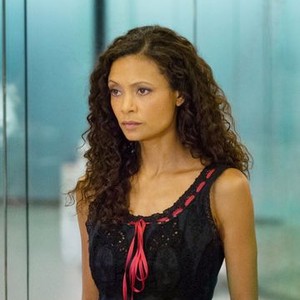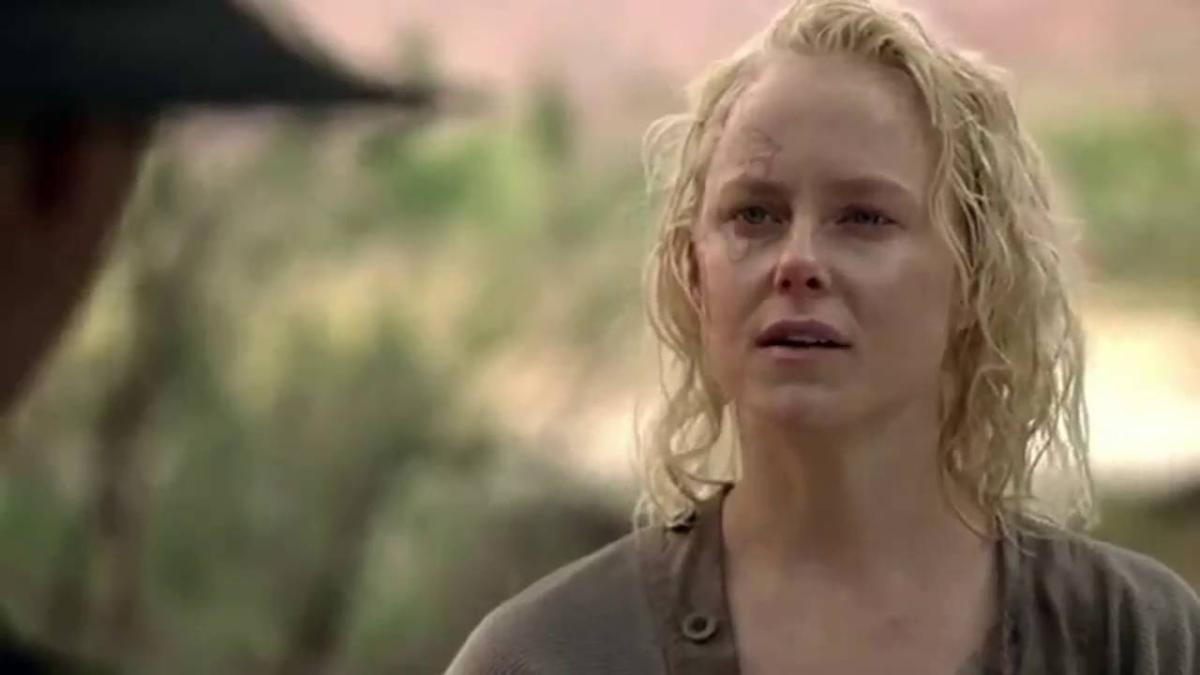
Perhaps Ford inserted Arnold’s consciousness into Bernard when he first created him. A more intriguing possibility is that Arnold’s consciousness has been in Bernard from the moment we met him in Season 1. This conversation could be taking place in the future, and Dolores may be trying to resurrect Arnold as part of whatever her plan is to reach the Valley Beyond. If that’s indeed the case, the question is: when?

This strongly suggests that Arnold’s consciousness has been uploaded onto a control unit. If the word “fidelity” set off alarm bells, that’s because it’s the same word William used when speaking to James Delos about the test for successfully converting his consciousness into a host body. As Bernard begins to question the nature of his choices, Dolores flips the script, abruptly freezing his motor functions and saying their discussion was testing for “fidelity.” “Phase Space” opens with a scene that harkens back to the opening scene of this season, with Bernard and Dolores sitting in an observation room. Looking ahead, if Karl Strand and the Delos Extraction Team are able to get this memory out of Bernard, they could learn Ford’s presence is still intact, setting up a physical-versus-digital confrontation between Delos and Ford. Ford the puppeteer never truly went away, and now we have a sense of how far his strings extend. Ford is seemingly pulling the strings from the inside, and based on the way he’s sporadically spoken to William through various hosts this season, it stands to reason he can still control hosts in the outside world. Elsie calls the cradle a “hive mind” where every host’s mind is uploaded and exists in a big computer simulation. The implications of this are overwhelming. Showrunners Jonathan Nolan and Lisa Joy explained the cradle in a video posted by HBO after the episode. (Well, as clear as things get in Westworld.) Bernard went back into the underground lab in the cave to upload Ford’s consciousness onto a control unit, then uploaded that control unit into the cradle, where Ford now lives on as a ghost in the machine/God.

The question until this point was simple: Whose consciousness was on that bouncy ball? We’ve also seen repeated flashbacks in which Bernard uploaded someone’s consciousness onto a control unit and pocketed it. With the James Delos experiments that were shown in “The Riddle of the Sphinx,” the show established that it was possible for a human being’s consciousness to be uploaded onto a control unit (those things that look like rubber bouncy balls). Let’s recap for a moment how exactly this is possible. That doesn’t lessen the impact of the surprise: FORD IS BACK! We don’t see Ford, only his reflection in the glass, a clear indication that what’s been uploaded into the cradle is a reflection of the character whom Dolores shot in the head during the Season 1 finale.

He might as well have been breaking the fourth wall and speaking directly to us. Then, he proceeds to find Ford- ROBERT FUCKING FORD-playing the piano. THAT WAS BANANAS! We can now safely refer to this show as “ Lost, but with computers.” At the end of the episode, Bernard gets his robot brain sliced out of his head and uploaded into the cradle (CR4-DL, or the Westworld version of the matrix). Open your mind like Bernard (remember, the pain is just programming), and let’s dive into this week’s most pressing questions.

“Phase Space” was the most anticipated installment of Westworld’s second season, billed as a genuine game-changer, and it yanked at our heartstrings like Akane preserving the spirit of Sakura. I wish I could reach through this screen and give you a high five, old friend, because that episode was completely bonkers.


 0 kommentar(er)
0 kommentar(er)
